This is the fascinating history of grenadiers, a centuries-old elite unit
- By Travis Pike
Share This Article
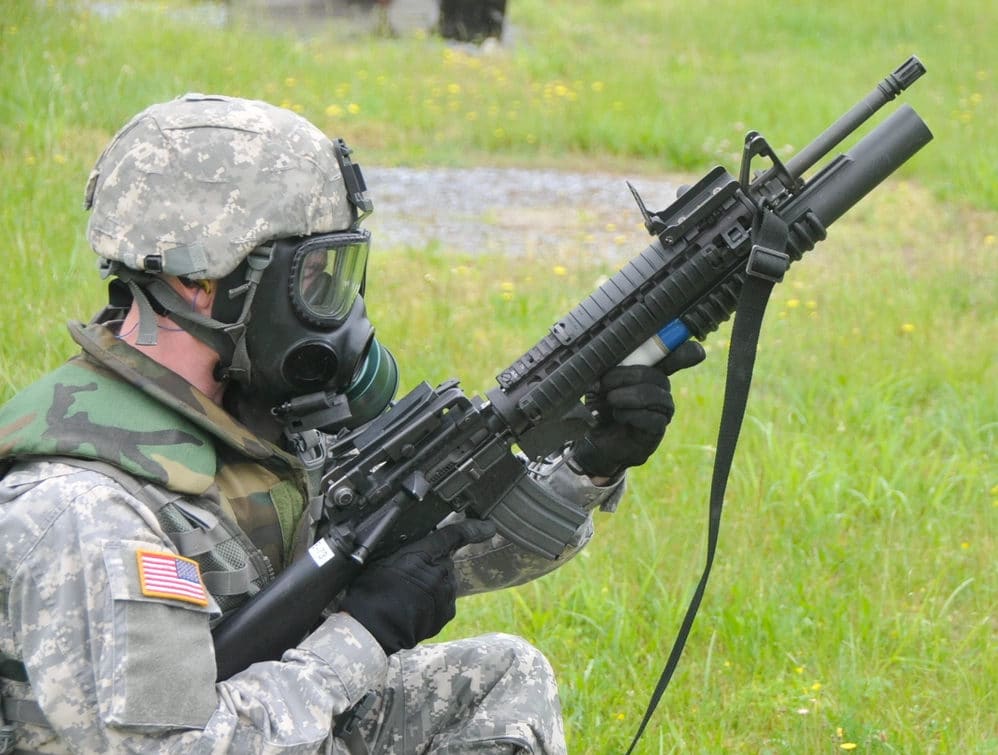
Grenades are great, well, if you’re the guy throwing them. Grenades and grenadiers have been around for hundreds of years. Heck, the first grenadiers were likely Chinese fighting with early explosive weapons. Historical accounts from Austria, Spain, and the English Civil War all document grenade-throwing soldiers.
It wasn’t until 1667 that a formal grenadier unit appeared when French Lt. Colonel Jen Martinet formed the first grenadier company.
The grenades of the time were big iron balls filled with explosive powder. Troops likely removed a wood cork, inserted a fuse, lit it, and threw it as far and as accurately as possible.
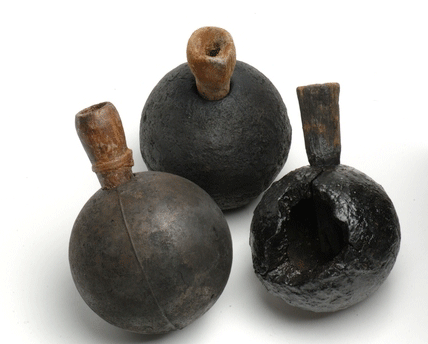
Grenadier troops gave an instant tactical advantage. Infantry tactics revolving around firearms were still relatively young. Firearms at the time weren’t necessarily accurate or reliable, and matchlock technology had several limitations. These factors made the grenadier an incredibly lethal force in combat.
All of Europe witnessed the effectiveness of the French grenadier. After facing them, the Dutch adopted the tactics, as did the English, and grenadiers spread like wildfire across the military world. These warriors had a surprising effect still known to this day.
Related: Molotov Cocktail: The history of the world’s most famous firebomb
To be a Grenadier
It’s not out of line to say that grenadiers were one of the first special operations units. Militaries had strict requirements for physical size and fitness to join the grenadiers, with troops needing to be tall and strong.
The grenades were iron balls that weighed about three pounds. The height and strength of these men ensured they could throw the grenades far enough to land on enemy forces and avoid harming friendly troops. The grenadiers also had to be physically fit enough to throw the balls throughout a battle. This would mean serious endurance to go along with that height and strength.
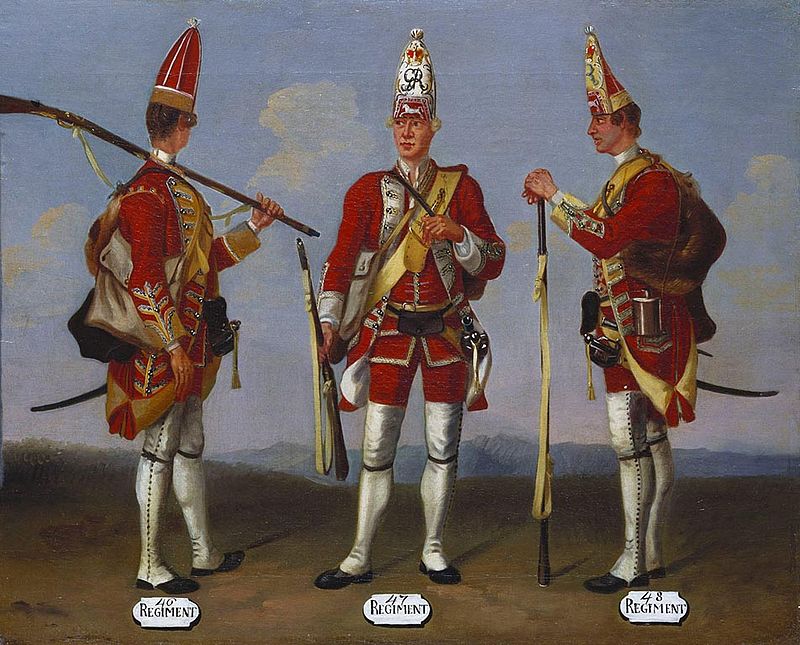
Grenadiers also needed to have a surplus of courage and an absence of what some would call common sense. These men had to stand up in the midst of a shooting war and pick the right time to throw their grenades. Throw the grenades early after lighting them, and your enemy would throw them back. Too late, and they could explode harmlessly in the air.
Grenadiers exhibited intelligence and courage. They had to think about the distance of the enemy and the time of flight in regards to how long the fuse remained lit. Grenadiers had to mix strategy and strength to be effective.
Special roles require special equipment. Grenadiers ditched the brim hats of the infantry and adopted caps. These caps allowed grenadier to sling their rifle to throw grenades. Armies also issued slings to these men, a rarity at the time. Of course, they also carried a special brass case to carry the slow match needed to light grenades.
Related: Grenade launchers are firing a lot more than grenades these days
The decline
As infantry tactics became more effective and firearms technology evolved into flintlocks increasing rifle fire’s accuracy, the role of the grenadier diminished. Kind of.
While these men weren’t throwing grenades, their units stuck around. These men were tall, strong, brave, and smart. Why get rid of them? Instead, they became elite troops with many military forces. These troops were paid more and seen as the elite soldiers within a military force.
Since they weren’t throwing grenades, the ranks opened to allow smaller soldiers who were proven, veterans. This reinforced their experience, talent, and elite status.
Related: How to hike like a special operations Soldier: Get used to your rucksack
Into the modern world
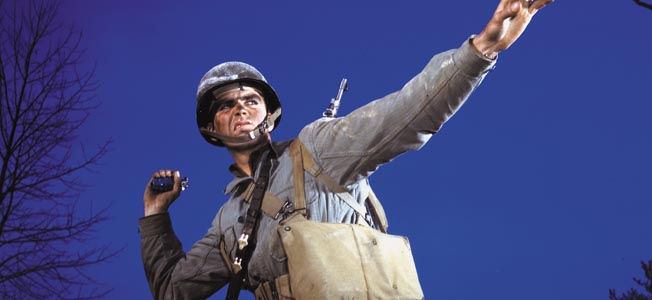
In the modern age of warfare, the grenade became a more self-contained explosive. They were more effective, easier to throw, and easier to issue to the general infantryman. By WWI, there weren’t necessarily dedicated grenadier troops.
The Germans trained up special soldiers with grenades in the form of storm troopers and even an early form of combat engineers. They used grenades to clear trenches and drive the enemy out or kill them.
As military technology advanced, grenades became common and were no longer the tools of specialized troops. Instead, rockets and missiles became specialized tools. You could call the bazooka man in WWII the grenadier of his time.
Grenadier units in the Modern Age
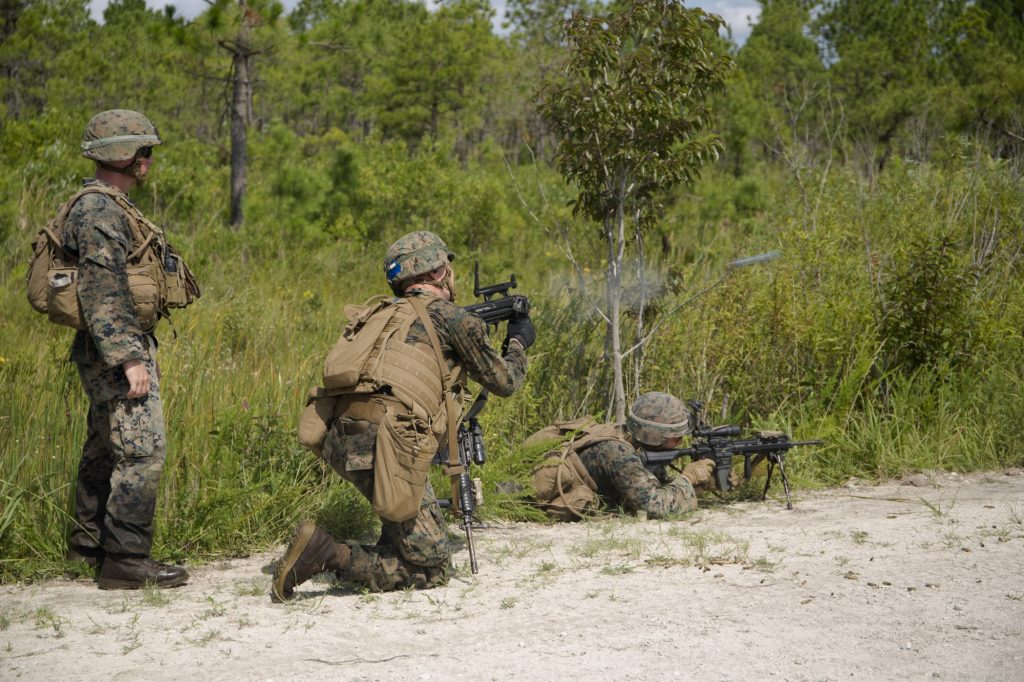
The grenadier has made a comeback in modern times, although not as a specialized unit or company. Instead, a grenadier is an infantryman armed with a grenade launcher like the M203 or the M320. These troops are infantrymen with a special weapon and hopefully a little extra training.
These weapons allow the rifle squad to have a source of indirect, explosive fire without the need for a mortar. They are incredibly effective and force multipliers.
Plenty of modern European units are still called grenadiers. However, these are typically just standard infantry units. The title of grenadier is part of a tradition and unit history, which can inspire an esprit de corps.
The grenadier is a fascinating part of war history and could be considered the world’s first special operations unit. While amassed units of grenadiers have faded away, the grenadier still has an important role in a modern infantry force.
Read more from Sandboxx News
Related Posts
Sandboxx News Merch
-

‘AirPower’ Classic Hoodie
$46.00 – $48.00 Select options This product has multiple variants. The options may be chosen on the product page -

‘Sandboxx News’ Trucker Cap
$27.00 Select options This product has multiple variants. The options may be chosen on the product page -

F-35 ‘Lightning’ Framed Poster
$45.00 – $111.00 Select options This product has multiple variants. The options may be chosen on the product page

Travis Pike
Travis Pike is a former Marine Machine gunner who served with 2nd Bn 2nd Marines for 5 years. He deployed in 2009 to Afghanistan and again in 2011 with the 22nd MEU(SOC) during a record-setting 11 months at sea. He’s trained with the Romanian Army, the Spanish Marines, the Emirate Marines, and the Afghan National Army. He serves as an NRA certified pistol instructor and teaches concealed carry classes.
Related to: Military History
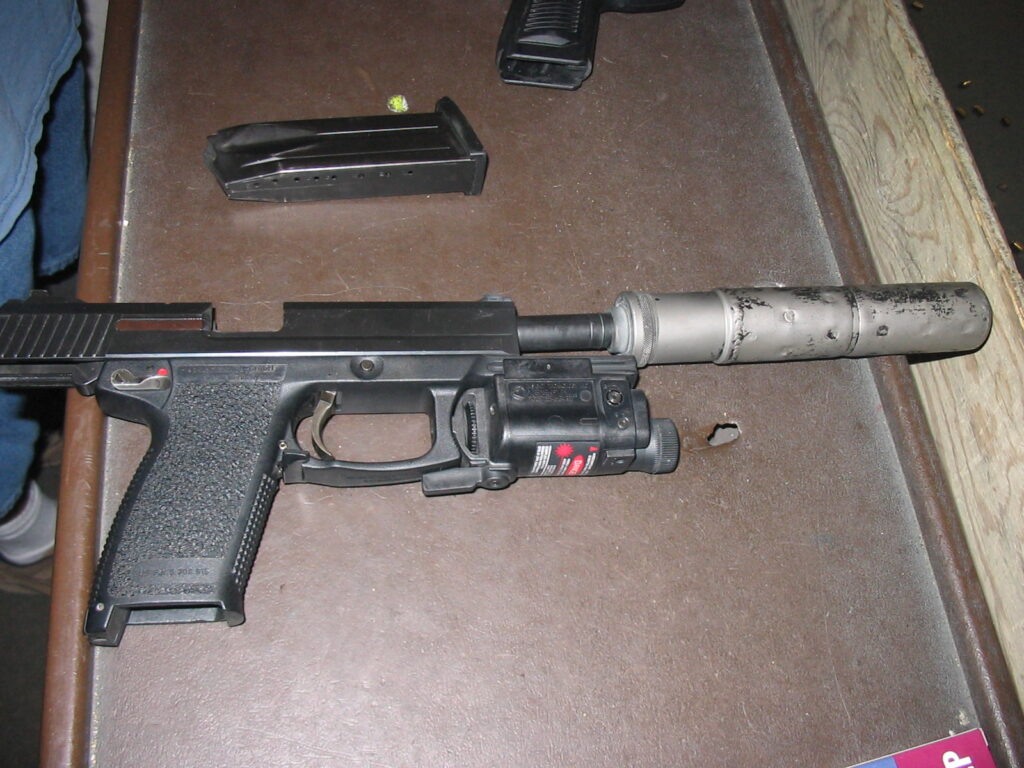
The HK MK23 built for SOCOM was the first and last offensive handgun
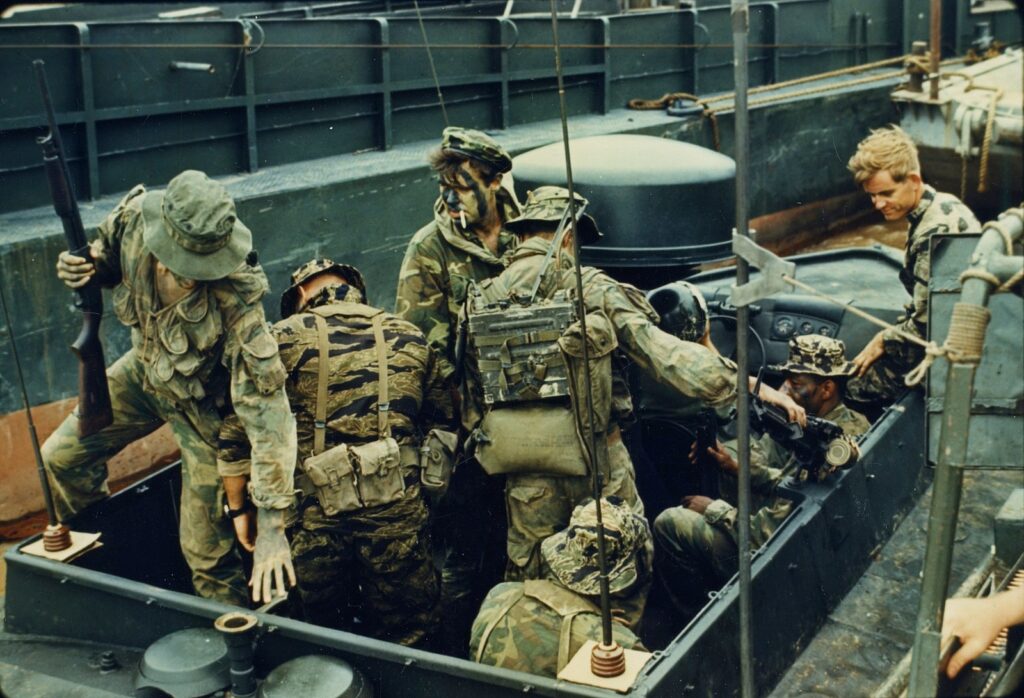
The slick custom shotgun carried by a Navy SEAL point man in Vietnam
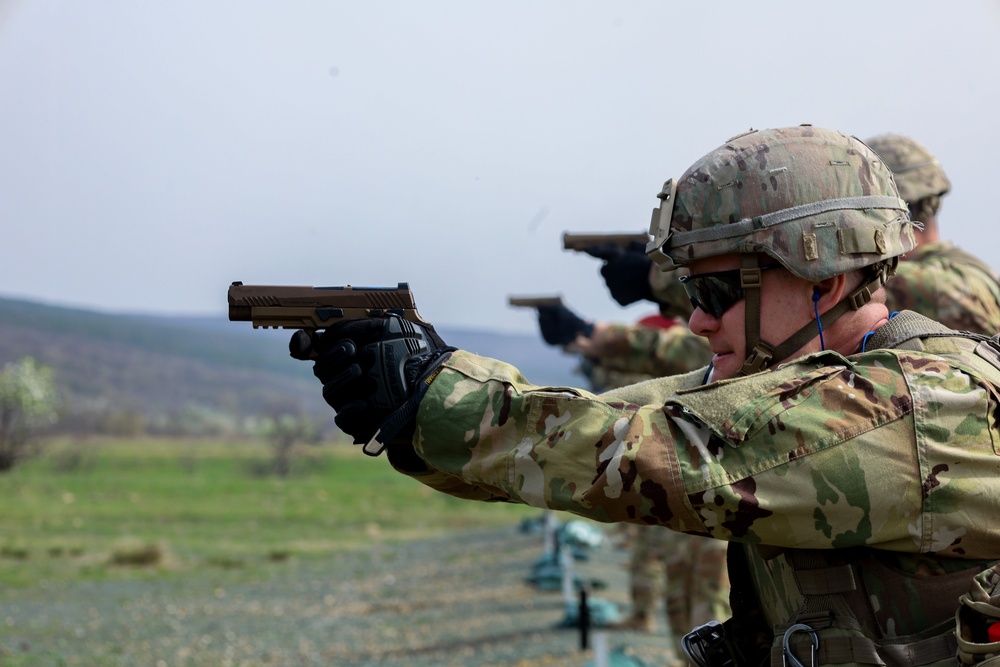
Are the Army’s old Beretta M9 and new SIG M17 pistols as similar as people think?

The Switchblade, loitering munitions, and the new terrifying face of warfare
Sandboxx News
-

‘Sandboxx News’ Trucker Cap
$27.00 Select options This product has multiple variants. The options may be chosen on the product page -

‘AirPower’ Classic Hoodie
$46.00 – $48.00 Select options This product has multiple variants. The options may be chosen on the product page -

‘AirPower’ Golf Rope Hat
$31.00 Select options This product has multiple variants. The options may be chosen on the product page -

‘Sandboxx News’ Dad Hat
$27.00 Select options This product has multiple variants. The options may be chosen on the product page
